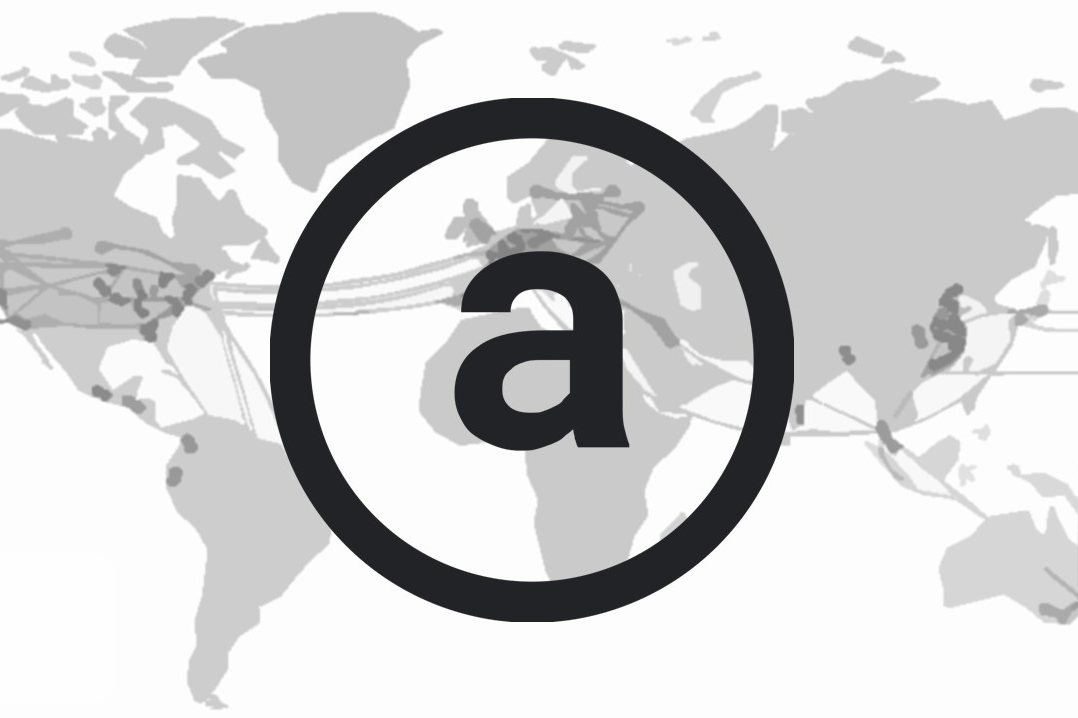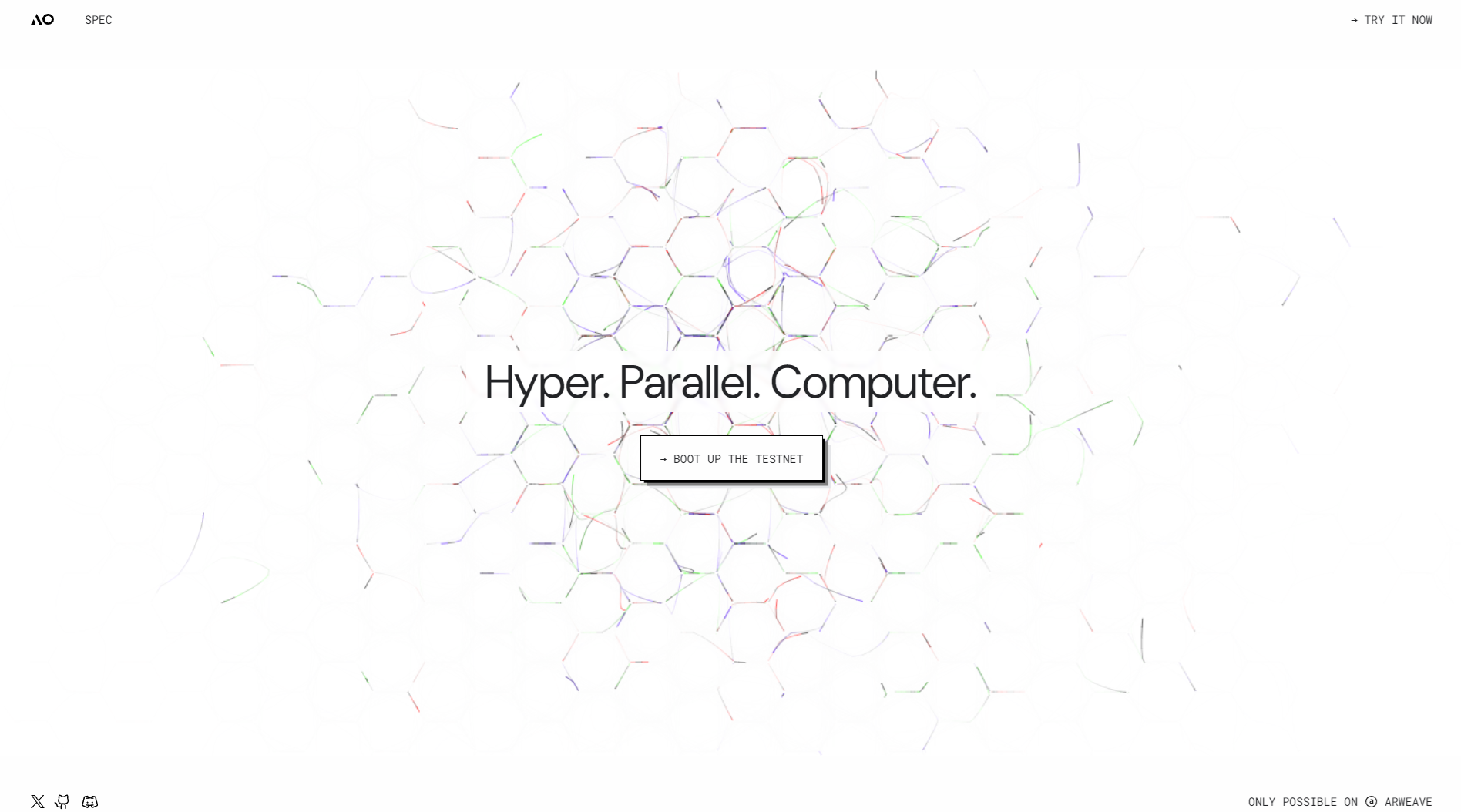2024-05-11

Arweave is a blockchain
protocol that enables data storage. It is a cloud platform that store data in a decentralized manner,
ensuring that once something is uploaded, it remains accessible indefinitely. Safeguarding
it against loss, censorship, and revision.
The Arweave network is often compared
to Bitcoin, but instead of focusing on financial transactions, it's designed to
store data. With its open ledger, it's not just about preserving information;
it's also about hosting decentralized web applications that are provably
neutral and resistant to control from any single entity.
Moreover, the Arweave ecosystem is not
just a static storage space; it's a platform for innovation. Developers can
build on the Arweave network, creating new applications that leverage its
permanent storage capabilities.
This has led to a variety of use cases,
from archiving important documents to ensuring that creative works remain
forever accessible. The network also supports a native cryptocurrency, AR,
which is used to facilitate transactions and incentivize the storage of data.

Arweave has made a significant leap in the realm of decentralized computing with the launch of its AO protocol's public testnet on Feb 27, 2024. It plans to launch mainnet in 2024.
AO is a blockchain network developed by Arweave. This innovative project, described as a "hyper parallel computer living inside Arweave," is designed to host parallel execution for proof-of-stake computations.
The AO protocol aims to address the
scalability challenges faced by blockchain technologies, particularly in
applications that demand high transaction volumes, such as social media and AI.
With over 3.2 billion transactions
processed and a market cap exceeding $1 billion, Arweave's growth is indicative
of the burgeoning interest in decentralized storage solutions.
The AO testnet, which has been deployed
on more than 220 machines worldwide, represents a modular system architecture
that enhances scalability through parallel transaction processing.
It operates on a custom operating system, AOS,
compatible with the Lua programming language, thereby broadening the potential
for diverse decentralized applications. Furthermore, Arweave AO boasts advanced
data storage capabilities, crucial for handling the vast datasets required in
AI modeling and large language models.
Its compatibility with the Ethereum
Virtual Machine and support for WebAssembly smart contracts positions it as a
versatile platform for developers. The testnet phase focuses on evaluating key
mechanisms like the Gateway Address Registry and Observation Incentive
Protocol, ensuring the network's scalability and security.
The AO computer's architecture is
experimental but holds the promise of a scalable global compute platform that
could revolutionize AI applications, from onchain verifiable inference to
decentralized model training and incentivized data labeling.
The anticipation for the AO computer's
mainnet launch, slated for later in 2024, is high, as it could usher in a new
era of AI-automated decision-making and an agent economy that leverages
hyper-fast data processing.